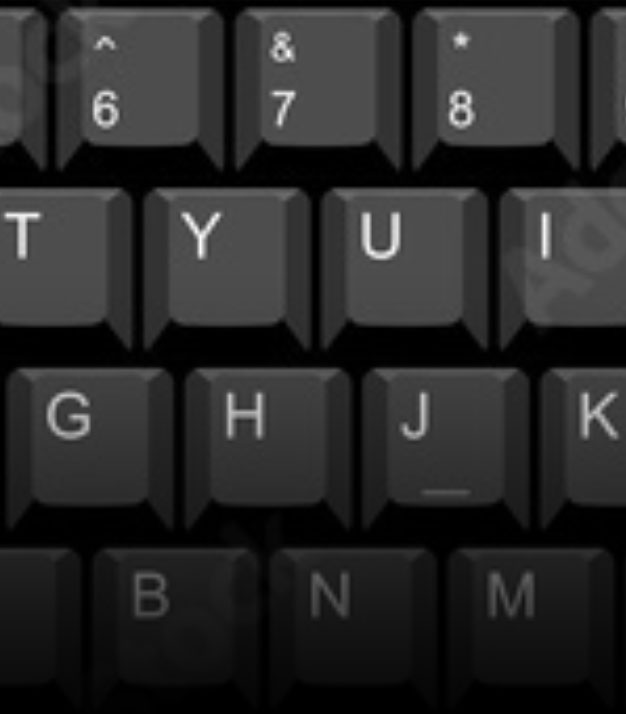
When the World Wide Web was invented by Tim Berners-Lee in 1989—thirty years ago at the time of this post—it was envisioned as ultimately being accessible to everyone. Whatever their computing device, browser, location, language, etc., the information on the web was a noble step in creating a more equitable experience for those who are able-bodied and for those who have disabilities.
The power of the Web is in its universality. Access by everyone, regardless of disability, is an essential aspect.
Tim Berners-Lee, W3C Director and inventor of the World Wide Web
Experience & Compliance
While this level of total accessibility for ALL people has not yet been achieved, the past few years have seen developers, designers, and content generators being both the pushed and the pushers for incorporating accessibility into content, user interface (UI), and user experience (UX). Whether pushing or being pushed to provide a positive experience for all users or to remain compliant with disability laws, or both, it is incumbent upon those of us with the means to create accessible content to do so.
Forms of Limitations
It is important to remember that designing for accessibility is not only important for those with chronic physical disabilities such as sight, hearing, speaking, and physical limitations, it is also important for other kinds of limited access. These examples include:
- changing abilities due to age,
- temporary disabilities such as a sprained wrist or lost reading glasses,
- situational limitations such as a noisy environments where audio cannot be heard,
- people whose primary means of access is via small screen devices,
- those whose internet connections are very slow, and
- numerous other instances where sight, sound, and touch are impacted.
Not Only Giving, But Also Receiving
In considering the content your organization presents on the web, it is also important to think about how those with limitations are asked to contribute via the web. Are forms in proper reading order and labeled properly? Are small-device input areas suitable for those with partial paralysis or tremors? Considering these potential issues early in the information-capture process will provide a more positive user experience throughout their interactions.
External Content
If your web content includes linked or embedded information such as PDFs, Word docs, and/or video, it is equally important to build accessibility features into that content. The proper use of document tags, alt text, and video captions and transcripts are key to creating fully accessible information that exists outside your site. Using the same thoughtful content-creation process on these documents will lead to a consistent and positive user experience.
What’s Next
In the coming months, we will delve deeper into how to make your site and your linked/embedded content more accessible to everyone. We will cover topics such as:
- structuring your site for easy readability and scanning
- understanding how screen readers work
- setting up linked documents and videos for accessibility
- remediation of linked documents after publication
In the meantime, the UWM Accessibility Resource Center has a wealth of resources for your review. Their information goes well beyond the web and documents into resources for teaching and learning, campus visits, classrooms, transportation, and more.
Additionally, workshops are being offered in November and in March for Academic Staff.
———
WordPress Accessible Web Design Workshop
Date: Friday, November 15, 2019; will be repeated March 6, 2020
Time: 10:00am – 11:00am
Location: UWM Libraries Classroom B (1st Floor, West Wing)
Bakery and coffee will be provided.
This event is funded via the Academic Staff Group Professional Development Award.
To register go to: https://milwaukee.qualtrics.com/jfe/form/SV_5pQ3HfkzyBNlkfr Registration is limited.
———
Let us know if you have something specific you’d like for us to cover in our Web and Data articles by writing to ls-web@uwm.edu.
(Information presented here is available in expanded form at W3.org.)